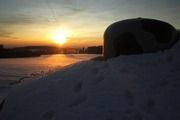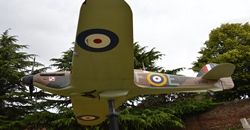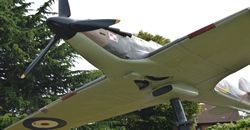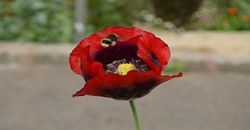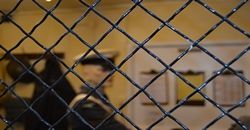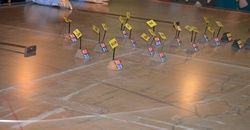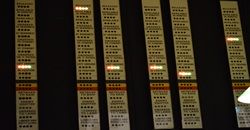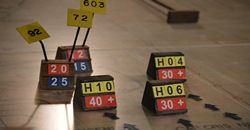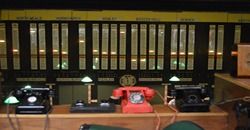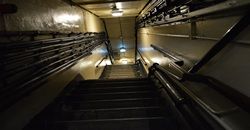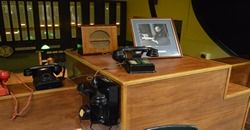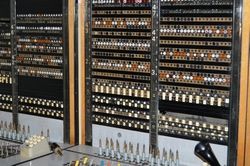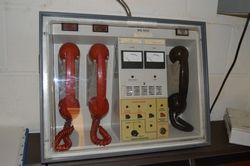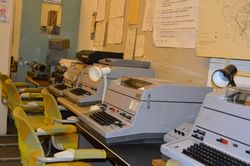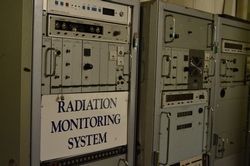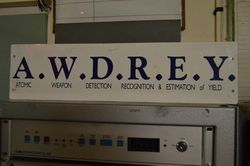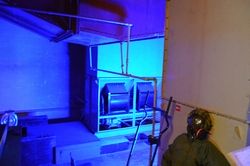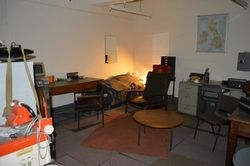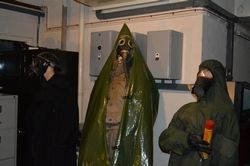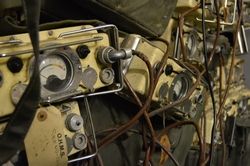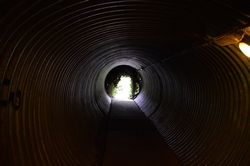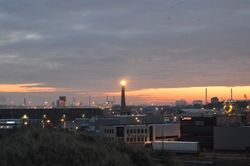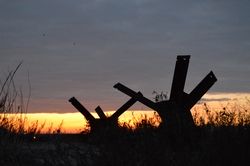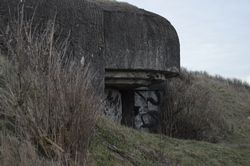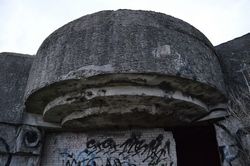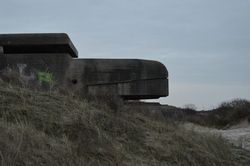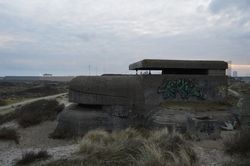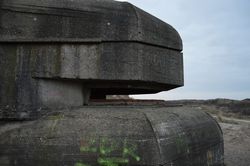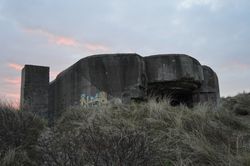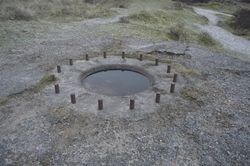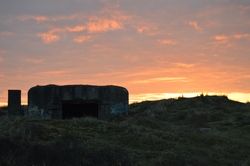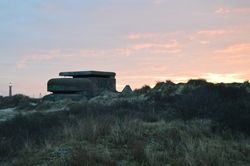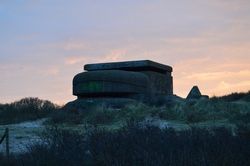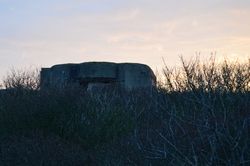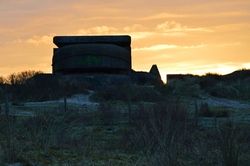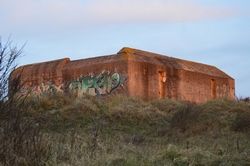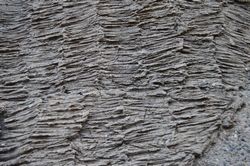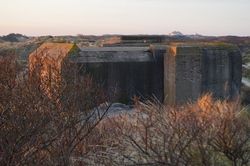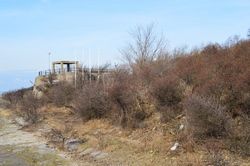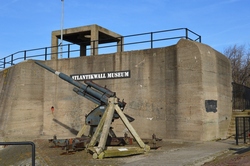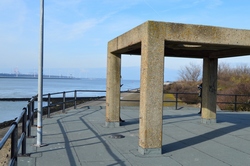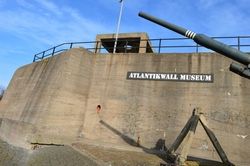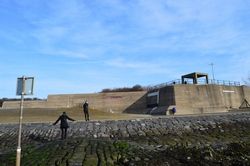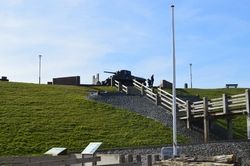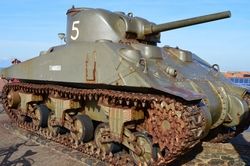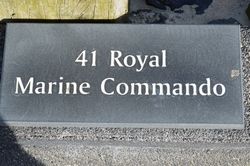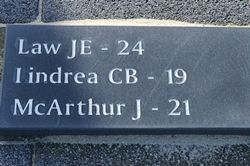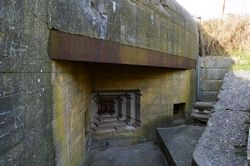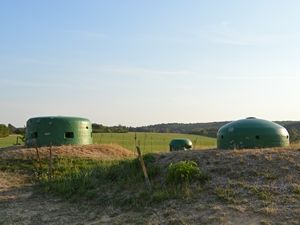
Welcome to our blog!
Here you can find out more about the many fascinating places we have visited during our time traveling.
It will tell you more interesting facts, useful tips on how to prepare for your travels and information on how to stay safe when traveling abroad. Most importantly, you will read about these amazing places from a personal and less formal perspective.
* * * * * * * * * * * * * * * * * * * * * * * * * * * * * * * * * * * * * * * * * * * * * * * * * * * * * * * * * * * * * * * * * * * * * * * * * * * * * * * * * * * * * * * * *
"POLAND - EUROPE'S LARGEST MILITARY SKANSEN".
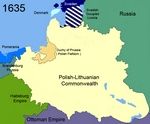
The borders of Central Europe have been changed over and over again for many centuries. Poland is situated between the former Soviet Empire and the West. This resulted in Poland being a battlefield for many wars. Over the past one thousand years, the Russians, Lithuanians, Prussians, Ukrainians, Belarusians, Poles, Slovaks, Austrians, Czechs, Germans and even the Swedes and Mongolians have fought countless battles that have left their marks on this country. Each war resulted in the shifting of the borders of the countries taking part in the conflict.
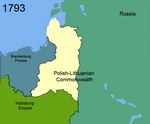
After the wars, each country focused on rebuilding their defences and improving the existing ones. Because of this, Poland has over 16,000 culturally diverse military-defence locations that range from fortified wooden castles, from the beginnings of the country that is Poland, castles that belonged to nobility to Austrian, German, Russian and Prussian fortresses from the 18th and 19th century.
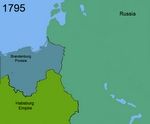
However, the majority of these locations are modern bunkers and defenses from World War II and the Cold War. Military locations are not just bunkers and fortresses. They are also bridges, sniping towers, canals linking water reservoirs, dams, underground railways and tunnels, hollowed out with the hands of war prisoners, deep inside the mountains. Because of this, Poland can be called the largest military open-air museum in Europe.

When travelling in Poland, you will most definitely come across many amazing places such as the locations of the largest land artillery from WWII, Soviet nuclear weapon storage places, training grounds where the Nazi constructed and tested out V3 rockets, buildings built on water a few hundred meters off shore for testing out torpedoes, weaponry factories used by the Nazi during the attack on the Soviet Union and an underground factory where they built many jet fighters and strategic bombers such as the Arado E.555.
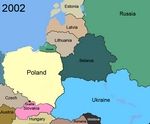
Poland is not only a military-themed destination. It is also full of beautiful flora and fauna, exquisite culinary arts and many unique places that are on the UNESCO list. Other incredible things you can find there are trains powered by antique steam engines, hunting at dawn for wild prey and 800 year old mines that are still functional! Poland is home to Chopin and Marie Sklodowska-Currie, beautiful mountains, lakes, beaches, pierogi, bigos, waffles, doughnuts and much more. Come and see for yourself!

Polish anti-tank rifle, model 1935. Find more HERE.
* * * * * * * * * * * * * * * * * * * * * * * * * * * * * * * * * * * * * * * * * * * * * * * * * * * * * * * * * * * * * * * * * * * * * * * * * * * * * * * * * * * * * * * * *
Battle of Britain Bunker
"Never in the field of human conflict was so much owed by so many to so few" - Winston Churchill

Probably everyone knows about "The Battle of Britain" in June 1940, when the Nazi attacked Britain. Probably everyone knows these names: Hurricane, Spitfire, Messerschmitt and Heinkel. However, not many people really know about how these air battles were led and. The whole of Great Britain was split into four zones: Group 10, Group 11, Group 12 and Group 13. Nearly the whole of southern England made up Group 11, and it was this region that had the highest risk of an attack by the Luftwaffe.
The commanding headquarters of Group 11 were several miles from RAF Northolt and it was known as "The Battle of Britain Bunker". The bunker has been used for military purposes since September 1939 until the early days of the Cold War in 1958. Now, the bunker serves as a museum run by a group of volunteers. The entrance to the bunker is surrounded by a Hurricane fighter form the Battle of Britain period as well as a Spitfire fighter from the Normandy Landings. During the tour with the excellent guides, you find out how the war functioned during attacks, how information flowed from observatories to these headquarters and how air battles were mapped out.
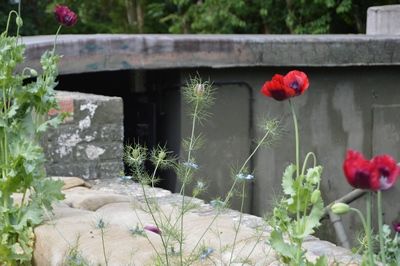
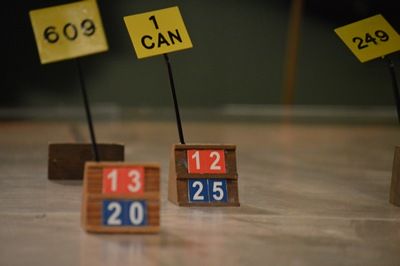
The bunker is bursting with relics from WWII such as maps, photographs and models which portray war times spectacularly. One of the best parts was getting to speak with the volunteers that took care of the bunker. They are very warm and open people that are very easy to talk to and some of them, based on their age, possess a vast level of historical knowledge. They run "The Friends of No 11(F) Group Operations Rooms". It is truly incredible that these few people take time out of their own lives to maintain this bunker in excellent condition. It was formed to provide a support network to promote, assist and develop the individual elements of the No 11 (F) Group Operations Rooms so that they can be more accessible to the public. You can also support the group by becoming a member. For more information visit The Friends of No 11(F) Group Operations Rooms.
Opening Hours
The Museum and Bunker is open for Guided tours every weekday throughout the year. Tours normally operate at 10am and 2pm each day. Evening or weekend visits can be requested by special arrangement, subject to guides being available. The Museum and Bunker is also open on selected weekends during the Summer months.
All visits must be booked in advance by calling 01895 238154 or emailing 11gpenquiries@btconnect.com
Free entrance - visitors are invited to make a donation of £3 per person in support of the Bunker and Museum.
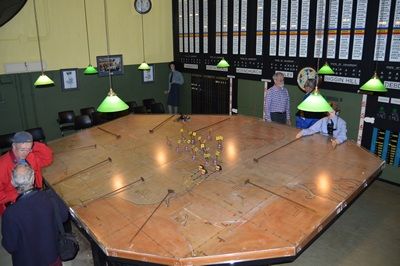
* * * * * * * * * * * * * * * * * * * * * * * * * * * * * * * * * * * * * * * * * * * * * * * * * * * * * * * * * * * * * * * * * * * * * * * * * * * * * * * * * * * * * * * * *
Kelvedon Hatch Secret Nuclear Bunker: RGHQ 5.1
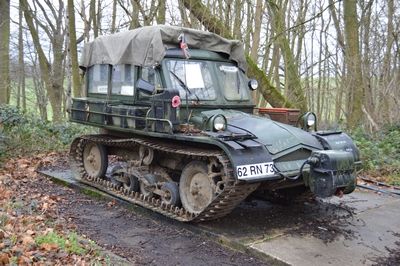
For many years, the possibility of a nuclear war occurring seemed much more real than it does now. Only a handful would be able to survive it, and it would be the heads of state, government officers, generals and their families because they would have had access to secret underground bunkers. These bunkers were designed to accommodate several hundred people for many months. One of such bunkers is "Kelvedon Hatch Secret Nuclear Bunker". If you want to find out how these bunkers were prepared for Britain's most elite you can go there and find out for yourself! The bunker is open to the public.
The bunker maintained its operational status until 1994. After this, it was sold to a private owner and was made open to the public. The tours of the bunker are done independently with an audio guide. With its help, you are guided from room to room where you can listen to detailed information about each spot. We won't describe what is on each of the three floors of the bunker because that is for you to find out. We will however mention that the bunker can be returned to its operational state at any moment. To this day, the most important facility of the bunker has been functioning continuously - the canteen. It has not been changed in many years and serves refreshments, hot and cold meals and drinks.
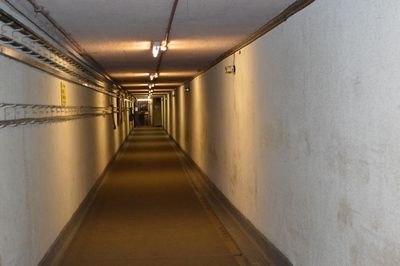
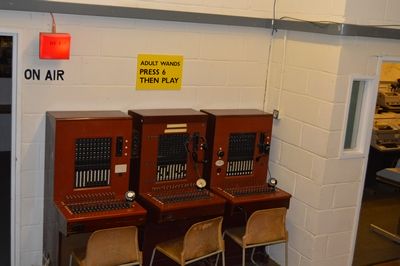
How to find Us Secret Nuclear Bunker:
Access is from the A128 Chipping Ongar to Brentwood road at Kelvedon Hatch. If you have GPS then use CM15 0LA and look out for the Brown Tourist signs.
Opening Times:
Summer: March 1st to October 31st: We are open every day 10am to 4pm during the week and 10am to 5pm weekends & bank holidays.
Winter: November 1st to February 28/29th: We are open Thursday to Sunday inclusive, 10am to 4pm as well as being usually open during school holidays and half term.
Current Admission Prices:
Adults: £7.00
Children: £5 (5-16 Years)
Family £16.50 (2 Adults + 2 Children)
Group Discount 15+ Adults £6.50, Children £4.50
(unable to pay by credit/debit cards)
Contacting Kelvedon Hatch Secret Nuclear Bunker:
Telephone: 01277 364883
Email: mike@japarrish.com
For more information visit Kelvedon Hatch Secret Nuclear Bunker.
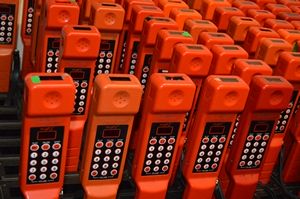
* * * * * * * * * * * * * * * * * * * * * * * * * * * * * * * * * * * * * * * * * * * * * * * * * * * * * * * * * * * * * * * * * * * * * * * * * * * * * * * * * * * * * * * * *
Atlantic Wall - Netherlands
After years of planning I have finally found the time to explore the Atlantic Wall. The defences stretch for approximately 2,400 miles and to see it all, I had to split my journey into parts. The first to be seen were the bunkers in The Netherlands.
These fortifications that stretch across the western coast of Europe (from the French-Spanish border to the northern ends of Scandinavia) were built by the Germans in 1942-1944. The Atlantic Wall was the first line of defence for West Europe against an invasion by the Allies. The most fortified coast was the French coast seeing as it was the closest to Britain and most likely to be attacked. The most important points of resistance were: the Scheldt, Zeebrugge, Ostend, Dunkirk, Calais, Boulogne, Le Havre, La Rochelle, Saint-Nazaire, Quiberon, Lorient, Brest, Alderney, Saint-Malo, and Cherbourg.
Below you'll find photos from my journey to The Netherlands, which took place in February:
* * * * * * * * * * * * * * * * * * * * * * * * * * * * * * * * * * * * * * * * * * * * * * * * * * * * * * * * * * * * * * * * * * * * * * * * * * * * * * * * * * * * * * * * *
PILLBOXES - my cycling trip through Essex
Mountain biking (and cycling in general) is a sport which takes up a lot of my free time. Biking, in my opinion, has an advantage over travelling by car; it's good for your health, it brings you closer to nature and lets you meet interesting people. It also lets you discover amazing places that you can't find on the internet and may not be able to see from the main road. That's what happened to me one time during a bike ride through Essex. As I was riding down a small dirt road through fields, a small sun-bathed bunker became noticeable. I was so delighted! After speaking with a local, I learnt that more such bunkers are nearby. When I was back home, with some help from the internet, I found out that the bunker I discovered was actually a Type 22 Pillbox. These pillboxes are located between Duxford and Debden, a place that was home to many airbases that played a part in the Battle of Britain.

